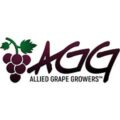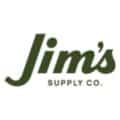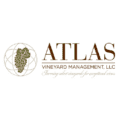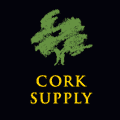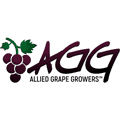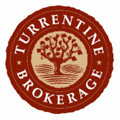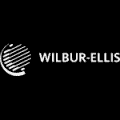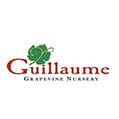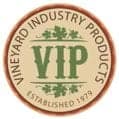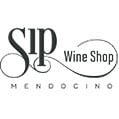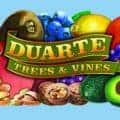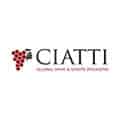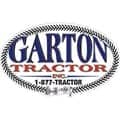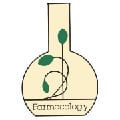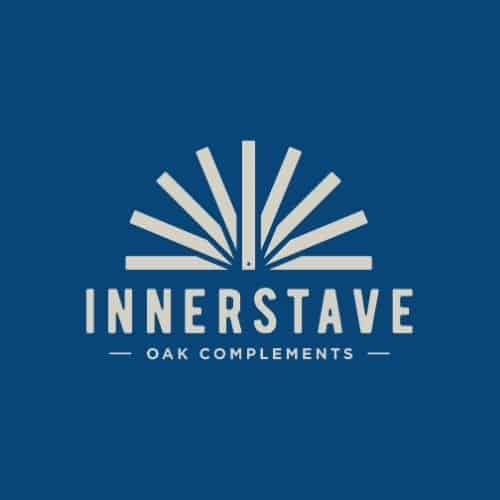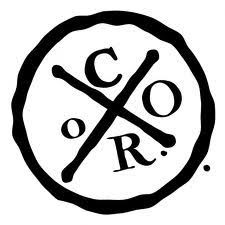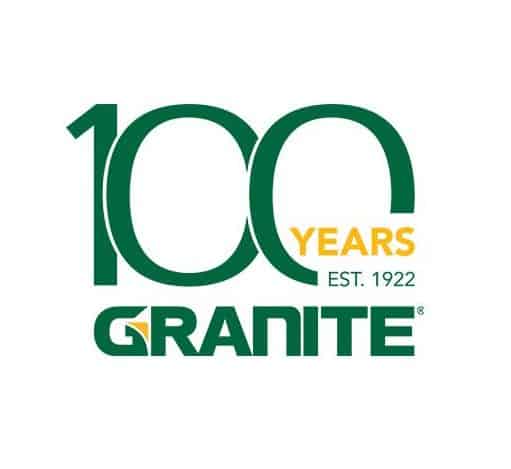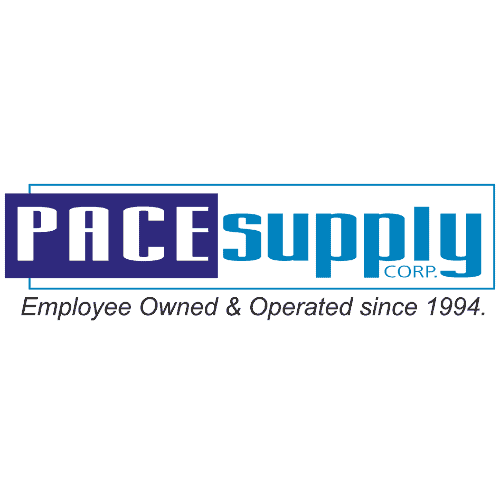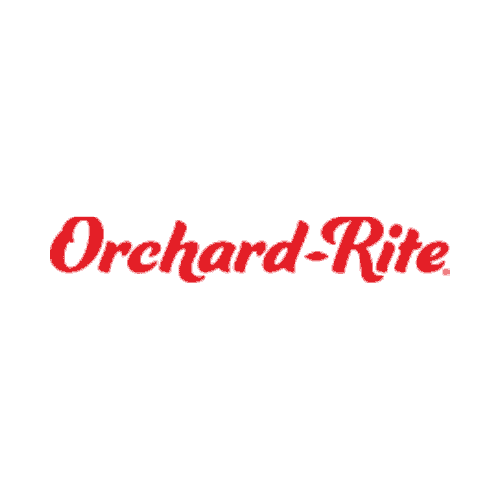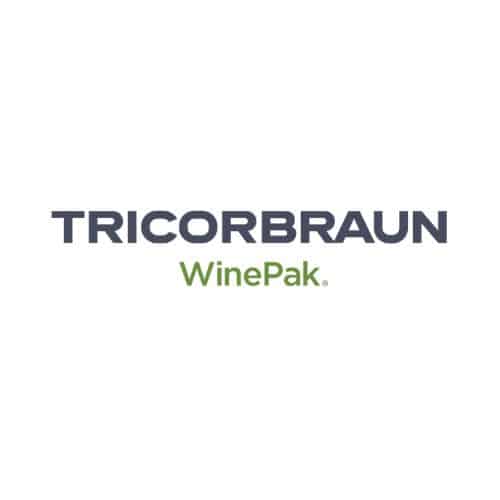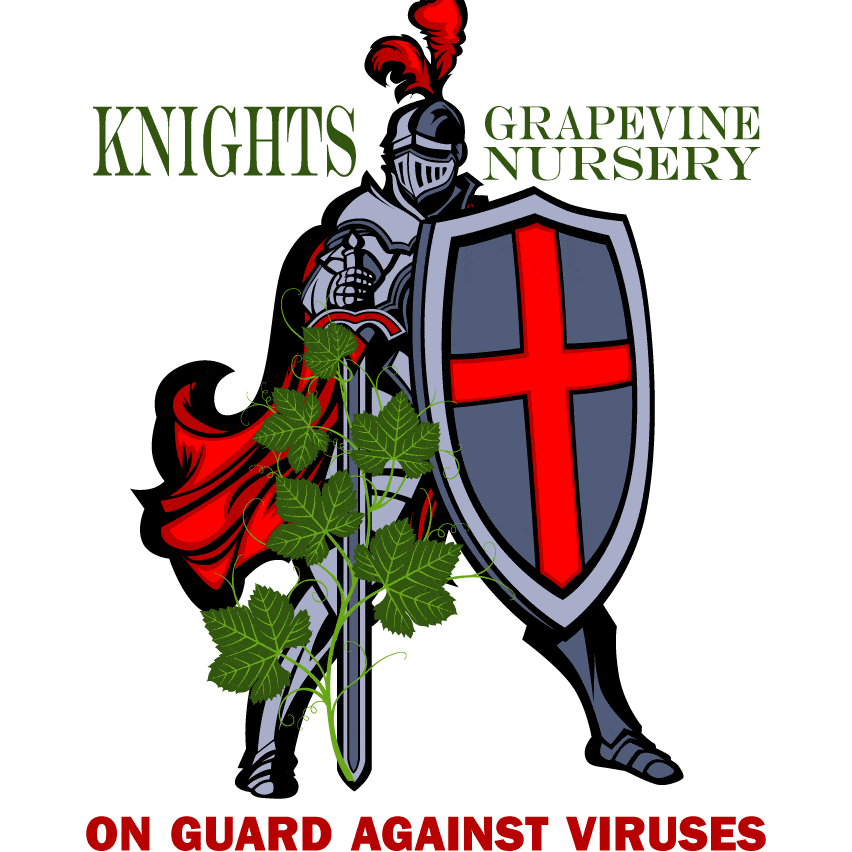A Sense of Place.
One of the most beautiful ranches and vineyards in Mendocino County straddles 1255 acres 1800 feet above Ukiah Valley. Casey Hartlip has been the caretaker of Eaglepoint Ranch up Mill Creek Road since the 1970s. He is one of the most respected grapegrowers in the business.
Hartlip, tall and lanky, affably manages the ranch with its vineyards and olive trees and makes several varietals under the Eaglepoint Ranch brand. He is also known as “Commander Coro” for the Mendocino wines that have captured the best of a cooperative “appellation controllee” brand of red wine made by a dozen wineries in Mendocino– and for the tattoo of the Coro symbol on his bicep.
This is Hartlip’s story but I must insert that I had the privilege of living at Eaglepoint for three years. Feasting on the views, savoring the sunsets, dunking in the pond, hiking the hills, picking cherries, plums and mulberries, enjoying friendship, gardening, and feeling part of the vineyard cycles filled days and lent fond memories.
Before Hartlip and his wife Lynne greet me, Casey’s dog Peewee is at the door of my car wiggling and jumping a nonthreatening welcome. We settle on the porch of their home adjacent to the ranch. That familiar view across the Yokayo Valley stretches out in all its glory. Even though we’ve been friends for ten years, and I’ve seen firsthand how much this land and the vineyards mean to him and how conscientious of a steward he is, this is the first time we’ve had a conversation solely about his role here.
“Eaglepoint is all about a place,” he begins. “It’s about what this ranch has taught us over the years.”
John Scharffenberger and his family purchased 1800 acres of what was part of the old Hildreth Ranch in 1973. “John was fresh out of college and he was a visionary, even then,” says Hartlip, who credits Scharffenberger, creator of Scharffenberger sparkling wine and Scharffen-Berger chocolate, as his mentor. After consulting with the late Barney Fetzer and the legendary John Parducci, Scharffenberger planted zinfandel, petite sirah and cabernet sauvignon grapes. This started the first of several “defining moments” of getting to know the land and viticulture as well as consumer and market fluxes and demands.
In 1977 Hartlip, a Ukiah native, who at the time was working summers as a firefighter with CDF (California Department of Forestry) helped with the harvest. From that moment on Hartlip became an integral part of Eaglepoint Ranch’s vineyards. By 1979 he was full time working with Scharffenberger and in 1981 he moved to the ranch.
All the grapes were red and most were zinfandel when Eaglepoint had its first 100 ton harvest in 1982. “Chardonnay was king,” he recalls and no one was drinking red zinfandel. They ended up selling 80 tons of grapes for $180 a ton for white zinfandel. “Instantly we knew we had to change our strategy for survival,” says Hartlip. They began grafting over some of the zinfandel to chardonnay and planted more cabernet sauvignon and some sauvignon blanc. “We had all of our eggs in one basket,” he remembers. Now, they wanted to be ready for whatever the market would demand.
Another defining moment came when he and Scharffenberger started changing their pruning and trellising techniques. Following the godfather of modern canopy management Dr. Richard Smart, an Australian who wrote “Sunlight into Wine”, an improved trellising system was put into place. The new system allowed more sun to get on the grapes and improved ripeness and flavor.
Most of their grapes were sold to Fetzer Vineyards in those days. By 1989, with the planting of the first syrah grapes, Hartlip and Scharffenberger were on their way to discovering the ranch location’s similarity to the terroir of and proclivity for the grapes of France’s southern Rhone region. He had thought in the first years at Eaglepoint that when you planted vines they were permanent. It was odd to remove them but it was time to redo the vineyard.
Over the next 15years a major replanting took place. “Newer techniques were taking us to a higher level in flavor and quality,” says Hartlip. They put in more petite sirah and added grenache vines and counoise, a blending grape.
Sixty eight acres of vineyards are planted in blocks between riparian borders and on slopes for maximum sunlight. “Scharffenberger’s philosophy of land use and stewardship of this property rubbed off on me,” says Hartlip. We were doing reforestation and stream restoration long before it was cool to be green.”
He doesn’t do it alone. Three brothers, Alfonso, Celso and Pacho Madueno are a “fortunate part of my life,” says Hartlip. They have worked on the ranch for more than 25 years and are a big part of Eaglepoint’s success. “They love it as much as I do,” he says.
Most of the grapes are sold to about 20 producers including Navarro Vineyards and Baxter in Mendocino County. Hartlip, who had dabbled making home wine in the early years, was encouraged by his winemaker friends Greg Graziano and Dennis Patton to bottle it for sale. In 1995 the first wine from Eaglepoint Ranch was labeled. Scharffenberger was Hartlip’s friendly critic and advised on finessing those first “monster crazy-ass wines” with lots of alcohol. Now his wines are getting acclaim. Eaglepoint Ranch red wines include grenache, petite sirah, syrah and CORO. Eaglepoint’s Grenache was named the best red wine at the Mendocino County Fair Competition in 2006.
In 2005 Scharffenberger sold the vineyards and surrounding acreage to Barbara and Roland Wentzel who live in Philo in Anderson Valley. Hartlip makes a white albarino wine from grapes grown at the new owners’ vineyard.
Eaglepoint Ranch grapes are picked at the ranch and trucked to Mendocino Wine Company where Hartlip makes the wine under the tutelage of Bob Swain, winemaker at Parducci. “Bob Swain is Mendocino’s most unheralded talented winemaker,” says Hartlip. “He’s making my great wines along with me. I’m very thankful to be making my wine at MWC.”
Another crop at the ranch is olives. More than 200 trees are planted and produce varied amounts of oil depending on the season, which this year isn’t great. It’s not commercial at this point as the trees are still young. “It is the coolest thing learning about the picking and timing of olives,” he says. Olives are picked in November and December well after the grape harvest.
What else does Hartlip do when he’s not tending vines? He’s selling his wine, which is available locally at SIP! in Ukiah and The Bottle Shop in Ukiah, as well as on the website, which has a great exhibit of photos of the ranch. He likes hunting and going to the Giants games. And he and Lynne spend as much time as possible with the grandchildren. Emma and Megan Dolan and Cash and Sadie Mae Dolan live in Ukiah, Colin Kusakabe
lives in Seattle.
As I get ready to leave, Hartlip hops onto his motorbike to take a ride through the vineyards. Peewee, his constant companion, jumps onto the handlebars. With a big grin, Hartlip looks out at the ranch and says, “I just happened along at the right time and never left.”
TASTING NOTES: Wild mushroom pasta and crusty Schat’s baguette went perfectly with Eaglepoint Ranch’s 2006 Grenache. The light berry aromas blend with an earthy style that complemented the mushrooms and lingered with the most aromatic palate pleasing finish.





